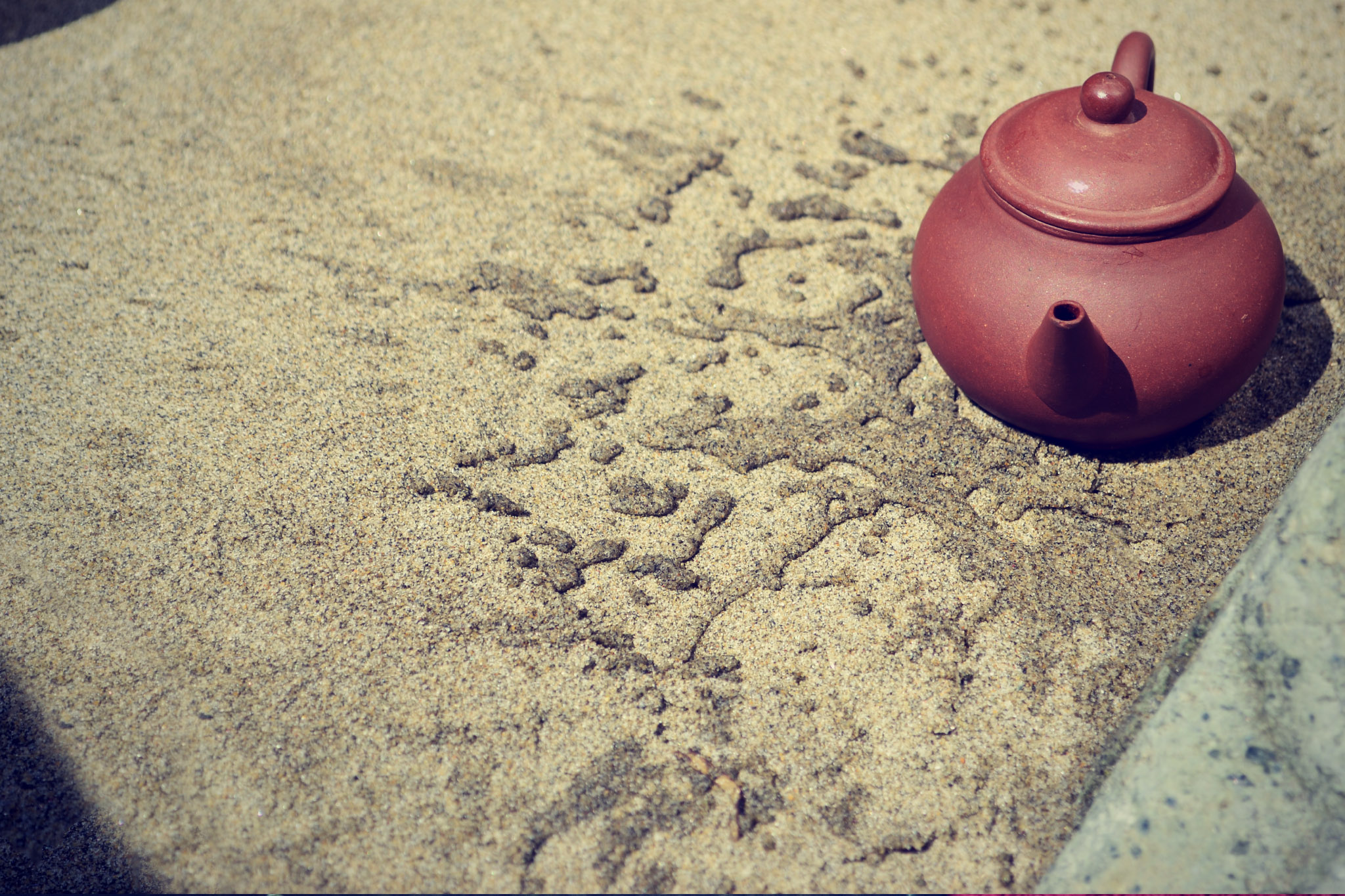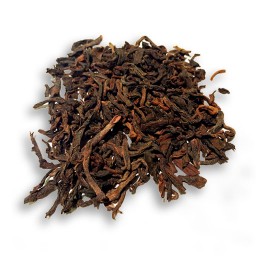Tea Rhyme
In China we say that each tea has its own rhythm, or rhyme. Cliff tea is said to have a ‘rock rhythm’, tie guan yin has it’s own particular cadence, and so on. Pu Erh is popular among monks, yogis and meditators because of its grounding effect. Particularly with quality aged Pu Erh. The tea seems to pull you, effortlessly, into a meditative state.
When making tea, in order to get the most out of our brews, it pays to be familiar with the rhythm of a tea. By connecting with this principle — being aware of it — we are able to steep out better tea than if we are simply concerned with water temperature, tea pot shape and quantity of leaf. When we tune into the individual characteristics of a given tea, letting intuition guide us, the tea seems to reveal more aspects of itself.
Anthropomorphizing our tea is perhaps not for everyone but it is a stage which one invariably comes to when we elevate our tea brewing to an art form, and then to a Way (cha dao).
Much like when we go to a restaurant, we can often tell the difference between food cooked mechanically and that which is prepared with passion. There is a point in tea brewing, and all other art forms, where we transcend technique. It is perhaps difficult to quantify exactly why the resulting tea soup is better — it simply is.
The rhythm of tea is something which is less reasoned and more felt. Once having felt the rhythm of a good tea, we can return to it more easily — eventually returning to it at will.
Listen to your tea, listen to your heart, and tea can reveal to you inner states not previously thought possible from such a simple drink.

Erick Smithe






I absolutely agree with everything said. It is refreshing to hear like mindness when it comes to my passion for puerh tea. Well done.
love the comment. thx ES